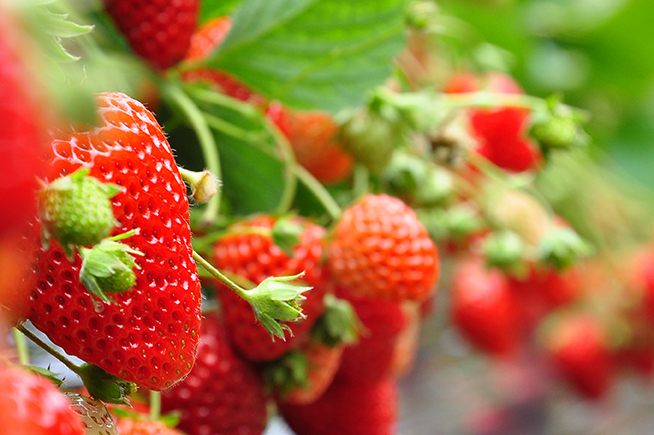Biologicals Not Necessarily a Costly Crop Protection Option for Growers
Growers have been understandably complaining about high input prices over the last couple of years, as a whole host of problems, propelled at warp speed by the COVID-19 pandemic, combined to increase costs. Biological products have the reputation of being more expensive than conventional products, so what would industry suppliers answer when proposed the following question: What would you say to growers who say increasing their input bills is the last thing they want to hear right now?
Michael Hull, Technical Services Manager, Kemin: “A biological product is not expensive when used appropriately in an IPM program. Growers should utilize this category of crop protection differently than conventional chemistry. It is essential to understand that the purpose of biological products is to use them as a preventive approach before a pest reaches the farm’s economic threshold. When used at the beginning of the season, a biological is applied at its lower label rate and, therefore, will cost less. However, if they are applied to replace conventional chemistries during the peak of an infestation, in that case, they are becoming too expensive because they are used at their highest rates and more frequently. An effective scouting and IPM program should include biological use at the beginning of the season to prevent future infestation and lower the cost of pesticide use overall.”
Bill Foster, CEO, BioWorks: “All parts of the supply chain are experiencing increased costs, from the product manufacturers, to the retailers, to the farmers. Given that labor costs are a significantly large portion of the grower’s costs, it’s important to not just look at the cost of the product but to also include application frequency and how much time may be lost because the workers may not be able to re-enter a field or greenhouse because of restrictions. Also keep in mind the time it takes to suit up and clean up when mixing products with significant personal protective equipment (PPE) requirements. It’s not just the ‘dollars per pound’ of the product that’s important. The cost of the product should also include mixing time, re-application interval, coverage, suiting up, and taking off PPE, etc.”
Peter Bierma, President/CEO, Sym-Agro: “This is a tricky question — with regards to biological insecticides, or beneficial predator-safe pesticides they may cost a little more up front but save cost later because beneficial predators are very effective and provide free pest control if you don’t eliminate them. In the fungicide arena, biologicals can be more expensive because most do not have ‘residual control’ and must be applied more often to maintain protection. I do not think biologicals have increased in cost the same way synthetic pesticides have in the past 18 months.”
Jason Kuhlemeier, VP Marketing, AgBiome: “The most important metric for any grower is ROI [return on investment]. While all inputs, from equipment to crop protection, come in a range of prices, any grower would maintain that a strong ROI will always be worth a higher initial cost. An effective solution that allows growers to capture high yields and increased quality will increase their profit and, therefore, be a worthy investment every time. For AgBiome, our value to customers is evident through three years of commercial sales, consistently high performance, and a high rate of customer retention.”
Rodrigo Bermudez, Director of the West and LATAM Regions, Locus Agricultural Solutions: “Market dynamics and installed capacity will help address pricing issues. However, growers should look beyond the cost of the product and look deeper into the value of what the product is doing for their crop and their land. While biologicals may increase input cost at the beginning of the expenses, if it’s the right biological product for that crop, then the ROI is quickly seen through increases in yield and, in many cases, decreases in the amount of other inputs being applied. As mentioned above, the right biological product can optimize benefits to the soil and the plant, reducing the overall cost of production. Biologicals not only pay off but ultimately increase revenue.”
Dave Owens, Strategic Project Manager, SePRO Ag: “The cost of our Bio-Tam biofungicide vs. conventional options for grapevine trunk diseases (GTD) is almost identical in cost per acre; however, this is the superior product according to University of California, Davis studies. The difference between GTDs and other plant diseases is that GTDs ‘play for keeps.’ Once an infection gets started inside the vine, there is no cure unless you can cut out the infection through aggressive pruning. My advice to growers concerned about higher input prices is to do their homework. There are biological options like Bio-Tam that are the same cost as conventional products but actually perform better. Look for those disease-control opportunities and take advantage of the long-term returns.”









